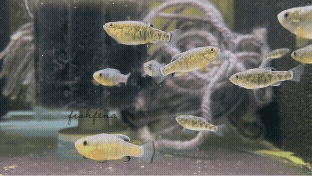
Rapid Divergence with Minimal Genetic Change
San Salvador Island Cyprinodon pupfishes show dramatic craniofacial divergence despite low genome‑wide differentiation. This allow for pinpointing regulatory and genetic changes underlying big phenotypic shifts.
Clear Developmental Readouts
Distinct oral jaw, pharyngeal, and sensory morphologies and feeding ecologies (generalists, molluscivores, and scale‑eaters) provide strong, quantifiable traits that are ideal for multiomics studies, and morphological and functional assays. My research combine multiplexed in-situ mRNA hybridization, antibodies staining, CRISPR/Cas9, and reporter lines to test the function of novel candidate genes and regulatory elements in craniofacial development. My research will test how naturally-evolved genetic variation drive dramatic craniofacial phenotypic changes that parallel human craniofacial syndromes.
Biomedical Relevance
Craniofacial modules implicated in pupfish morphological evolution intersect with pathways relevant to human craniofacial disorders, offering a complementary vertebrate model for discovery novel "adaptive" versions of regulatory changes, protein functions and developmental pathways.
← Back to Home